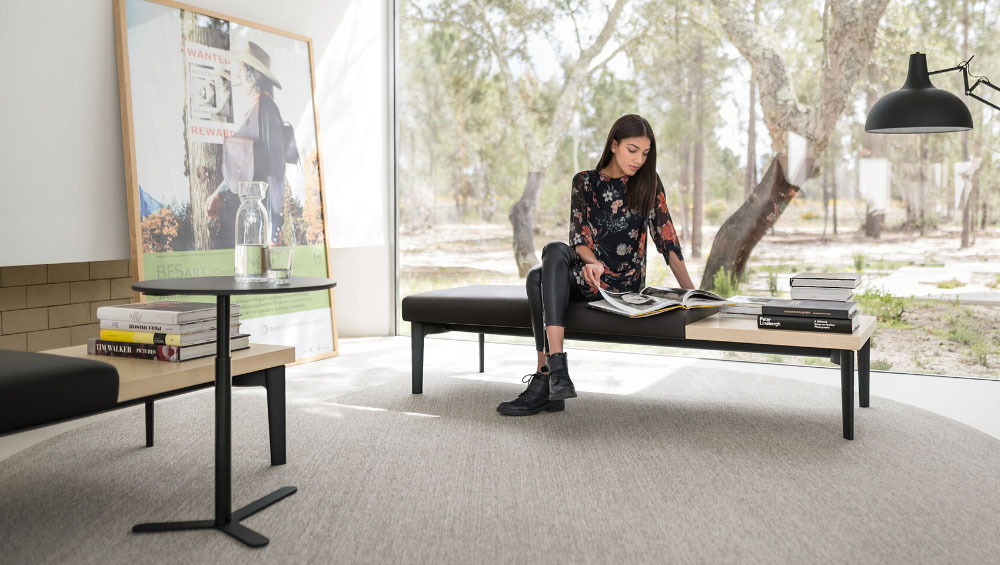As organisations depend more and more on the skills and knowledge of people for their competitive advantage and growth, so too are they increasingly concerned about the wellbeing of individuals. They may not have a magic wand to deal with the issue completely, but they do have more awareness and a growing number of tools to help them both understand and address the challenges and opportunities of wellbeing.
From a socioeconomic point of view, the first thing we can say for sure is that wellbeing isn’t about money. You can’t make people fitter, happier and more productive simply by making them better off. As Cary Cooper and David McDaid point out in their book Wellbeing: A Complete Reference Guide, wealth removes a specific problem but has no impact on general wellbeing.
“People in higher income countries generally evaluate their lives in a more positive way than people in poorer countries, yet that relationship does not hold for measures of experienced wellbeing… American economists Deaton and Stone argue that a measure of hedonic wellbeing that shows that the average European is worse off than the average person from Mozambique, Sudan, or Rwanda is basically meaningless… The balance of recent evidence suggests that, on average, more income is better for individuals and that great caution should be exercised before income measures are replaced or even complemented by measures of subjective wellbeing for policy purposes.”
When it comes to work and workplaces, the International Labour Organisation defines workplace wellbeing by how it ‘relates to all aspects of working life, from the quality and safety of the physical environment, to how workers feel about their work, their working environment, the climate at work and work organization. The aim of measures for workplace wellbeing is to complement OSH measures to make sure workers are safe, healthy, satisfied and engaged at work. Workers wellbeing is a key factor in determining an organisation’s long-term effectiveness. Many studies show a direct link between productivity levels and the general health and wellbeing of the workforce.’
The link to corporate social responsibility
One of the most interesting developments in the debate about wellbeing and its role in organisational performance over the last few years has been our enhanced knowledge of the links between the issue and green building design and other forms of corporate social responsibility.
The World Green Building Council has published a report highlighting what it suggests are the tangible economic benefits of green buildings and the improved levels of occupant satisfaction when companies implement new health, wellbeing and productivity features in existing green structures. Doing Right by Planet and People: The Business Case for Health and Wellbeing in Green Building presents case studies of 11 facilities around the globe that have one or more green certifications including LEED, Green Star and BREEAM.
The report evaluates health and wellbeing features that were integrated into the facilities, such as enhanced fresh air ventilation, acoustic privacy, increase of daylight penetration and use of biophilic design elements such as green walls and extensive indoor plants.
After adding health and wellbeing features into green-certified buildings, companies found that employee absenteeism was reduced, operating costs were minimised employees felt more productive and healthier. The UK chapter of the council has also published its own guide on wellbeing and the environment.
It is not alone in pursuing the link. In the UK, BRE offers its own advice and BRE and worked with the International WELL Building Institute (IWBI) to show how projects can achieve both a certified BREEAM rating and WELL Certification. The briefing, Assessing Health and Wellbeing in Buildings – Alignment between BREEAM and the WELL Building Standard, was developed as ‘part of a commitment to continuous improvement by IWBI and BRE’ but is perhaps more importantly an indicator of how wellbeing and environmentally friendly building design go hand in hand.
This thinking is now global. The International WELL Building Institute has also signed up to the United Nations Global Compact, a platform for the development, implementation and disclosure of responsible business practices. The UN Global Compact sets out ten principles on human rights, labour, environment and anti-corruption.
Similarly, the Center for Active Design offers its Fitwel accreditation, which competes with the WELL standard. Fitwel is a building rating system for commercial interiors that provides guidelines on how to design and operate healthier workplaces as well as feeding ideas into the construction of new buildings.
The momentum shows no sign of slacking as the world’s largest workplace analytics firm Leesman, has announced a collaboration with real estate and tech consultancy Delos to measure and assess the impact of real estate and workplace design strategies on wellbeing. The Leesman data is updated in real time so there will be a constant stream of new information about the impact of specific design characteristics.







